How to Fix Transmission Malfunction After a Dead Battery – Step-by-Step Guide!
When your battery dies, it can cause the Transmission Control Module (TCM) to malfunction, leading to transmission issues. Start by checking and replacing the battery if needed.
Then, reset the car’s computer system by disconnecting the battery for a few minutes or using an OBD-II scanner to clear any error codes.
If the issues persist, you might need to reset or reprogram the TCM. For more serious cases, consulting a mechanic is essential to avoid further damage.
Introduction:
When your car’s battery dies, it’s easy to assume that simply recharging or replacing it will return your vehicle to normal.
However, in modern vehicles, a dead battery can have far-reaching effects, especially on critical systems like the transmission. Transmission issues arising after a dead battery can be frustrating and complex to resolve.
This article will explore the connection between battery failure and transmission malfunction, provide a step-by-step guide to diagnose and fix these issues, and offer tips to prevent future problems.
The impact of a dead battery on your car’s transmission:
Your car’s transmission is responsible for managing power from the engine to the wheels, ensuring smooth shifting and efficient driving. A dead battery might seem unrelated, but it can severely disrupt your transmission’s functionality.
In newer vehicles, the transmission is intertwined with various electronic components. When the battery fails, it can cause malfunctions in the Transmission Control Module (TCM) and other key systems, leading to rough shifts, delayed responses, or even complete failure to shift.
Why addressing transmission issues after a battery failure is crucial:
Ignoring transmission problems after a battery failure can lead to costly repairs down the road. Your vehicle’s transmission is a finely tuned mechanism, and allowing malfunctions to persist can cause long-term damage.
The earlier these issues are addressed, the less risk there is of compounding mechanical problems. Additionally, ensuring the transmission works properly after a dead battery helps avoid dangerous driving conditions, such as sudden loss of power or stalling in traffic.
Understanding the Connection Between Dead Batteries and Transmission Issues:
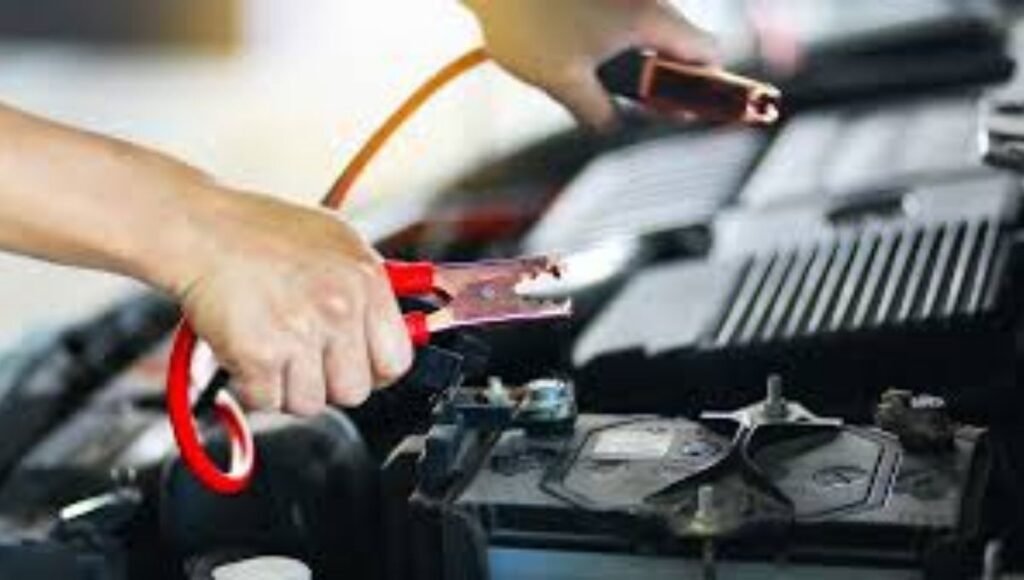
How a dead battery affects modern car electronics:
In today’s vehicles, electronics play a pivotal role in almost every function, from starting the engine to controlling the air conditioning.
A dead battery can cause these systems to go haywire. When the battery loses power, the car’s computer systems may reset, potentially wiping essential data stored in the Transmission Control Module (TCM).
This disruption can lead to incorrect shifting patterns or total transmission failure until the system is recalibrated.
The role of the transmission control module (TCM):
The Transmission Control Module (TCM) is essentially the brain behind your car’s transmission. It monitors driving conditions, engine speed, and vehicle load to determine the optimal timing for shifting gears.
When the battery dies, the TCM can lose its programming or enter a fail-safe mode, resulting in erratic transmission behavior. Without proper resetting or reprogramming, the vehicle may continue to exhibit transmission issues, even after the battery is replaced.
Common transmission problems caused by a dead battery:
When your battery dies, it can manifest several transmission-related issues. These include:
- Hard shifts: Abrupt or jerky shifts between gears.
- Delayed engagement: A noticeable lag between shifting and the transmission responding.
- Limp mode activation: The transmission locks into a single gear to prevent further damage.
- Failure to shift: Complete lack of response when attempting to change gears.
These problems often stem from a disrupted TCM or other electrical system malfunctions following a dead battery.
read also: Does Accessory Mode Drain Car Battery – Tips to Avoid a Dead Battery!
Recognizing the Signs of Transmission Malfunction:
Warning lights on the dashboard: What they mean
One of the first signs of transmission malfunction after a dead battery is the illumination of warning lights on your dashboard. The “check engine” light may appear, but in many vehicles, a specific “transmission” light could also activate.
These lights are often triggered when the TCM detects irregularities in shifting, fluid pressure, or electrical signals. It’s essential to address these lights promptly, as they indicate the presence of a transmission issue that needs immediate attention.
Symptoms of a malfunctioning transmission: Shifting delays, jerking, and more
Beyond warning lights, other symptoms of a malfunctioning transmission may include shifting delays, where the car hesitates before engaging the next gear. You might also notice jerking or grinding when the vehicle shifts.
In severe cases, the car could remain stuck in a single gear or struggle to shift altogether. These symptoms are clear indicators that the transmission system is not operating correctly and may have been affected by the dead battery.
When to suspect the battery as the root cause:
If transmission problems began shortly after the battery died, it’s likely that the battery is the root cause of the malfunction. Modern vehicles rely heavily on a stable electrical supply, and a sudden power loss can upset the delicate balance between systems.
If your battery recently died and you’re experiencing transmission issues, it’s worth investigating whether the dead battery caused the disruption before considering more expensive transmission repairs.
Steps to Diagnose Transmission Malfunction After a Dead Battery:
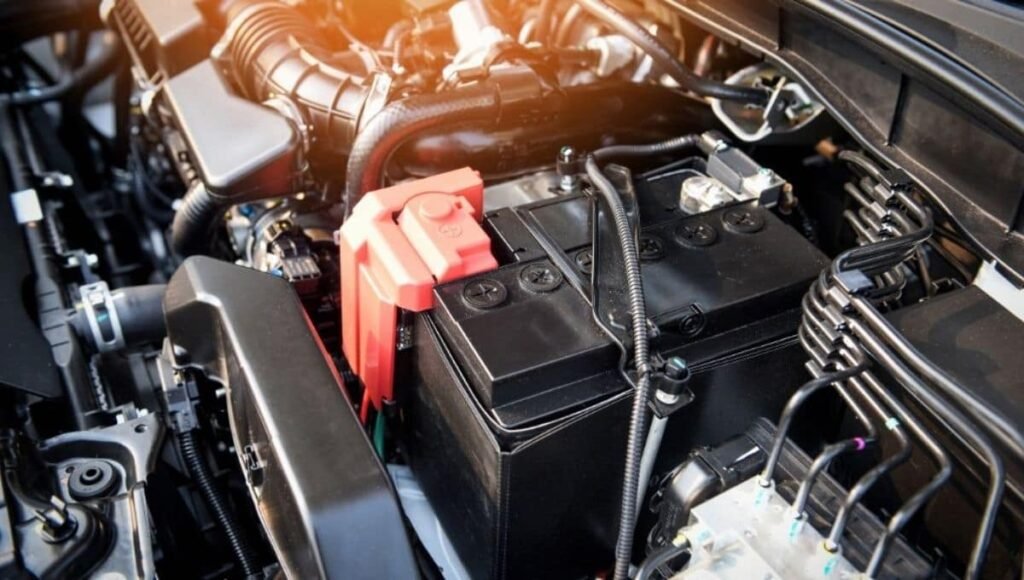
Checking the battery: Is it truly the problem?
Before diving into complex diagnostics, start by checking the battery itself. Ensure it is holding a charge and functioning properly.
If the battery is old or unable to maintain voltage, replace it with a new one. In many cases, simply restoring a reliable power source can resolve transmission issues that arose after a dead battery.
Inspecting the transmission control module (TCM) for errors:
The next step is to inspect the Transmission Control Module (TCM) for error codes. This can be done using an OBD-II scanner, which can read any transmission-related faults stored in the system.
Common codes may point to communication issues between the TCM and the engine control unit (ECU) caused by the battery failure. If any codes appear, it’s essential to clear them and reset the system.
Resetting the car’s computer system: A quick fix or deeper issue?
In many cases, simply resetting the car’s computer system can resolve minor transmission malfunctions. Disconnecting the battery for a few minutes or using an OBD-II scanner to clear stored error codes can force the system to recalibrate.
However, if transmission issues persist after a reset, it could indicate a deeper issue, such as a need for reprogramming the TCM or electrical damage.
read also: Will a Car Alternator Charge a Deep Cycle Battery – Find Out!
How to Fix Transmission Problems Linked to a Dead Battery:
Replacing or recharging the dead battery:
If the battery is beyond saving, replacing it is the most straightforward solution. Ensure that the new battery meets the vehicle’s specifications, as an incompatible battery can cause more harm than good.
Once the new battery is in place, the transmission issues may resolve on their own as the system readjusts to the stable power supply.
Performing a TCM reset: DIY guide and precautions
Resetting the Transmission Control Module (TCM) can be a DIY task for some, but it requires caution. First, locate the vehicle’s fuse box and find the fuse responsible for the TCM. Remove this fuse, wait a few minutes, and then replace it.
This can reset the module, clearing any temporary malfunctions caused by the dead battery. However, be aware that improper handling can lead to further damage, so it’s advisable to consult your owner’s manual or a professional mechanic.
Reprogramming or recalibrating the transmission control module: When and why it’s necessary
Sometimes, resetting the TCM is not enough, and the module may need to be reprogrammed or recalibrated. This step involves updating the software that controls the transmission, ensuring that it works seamlessly with the engine and other systems.
Reprogramming is typically done at a dealership or a specialized repair shop, as it requires specific equipment and technical expertise.
Getting professional help: When to consult a mechanic or dealership
If you’ve tried resetting the system and replacing the battery with no success, it’s time to consult a professional. Transmission problems can quickly escalate, and attempting further DIY repairs could worsen the situation.
A mechanic or dealership will have the tools to diagnose deeper issues, whether it’s reprogramming the TCM, replacing damaged wiring, or addressing electrical problems.
Preventing Future Transmission Issues From Battery Failures:
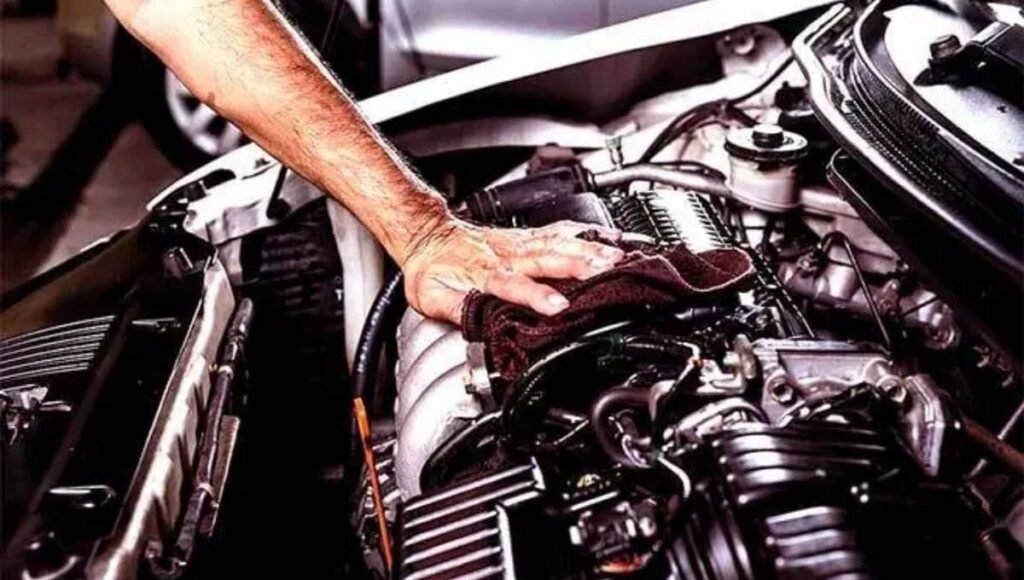
Regular battery maintenance: Ensuring longevity and avoiding failures
The best way to avoid transmission problems linked to a dead battery is by maintaining your battery’s health. Regularly check the battery’s voltage, clean the terminals, and inspect for any signs of corrosion.
Replacing an aging battery before it dies can prevent sudden power loss that may impact your vehicle’s transmission.
How to protect your transmission and TCM from electrical damage:
Protecting your transmission and TCM from electrical damage is crucial. Use a surge protector or battery saver if your vehicle will sit idle for long periods. Regularly inspecting and replacing damaged wires can also help prevent electrical surges that could disrupt the TCM.
Importance of keeping the car’s electrical system in good health:
The electrical system is the backbone of modern vehicles. Keeping it in optimal condition helps ensure that critical components like the transmission continue to function properly.
Routine inspections of the alternator, battery, and wiring can catch potential problems before they affect larger systems, including the transmission.
read also: Car Batteries That Will Keep Me on the Road – The Power of Efficiency!
FAQ’s
1. How does a dead battery affect a car’s transmission?
A dead battery can disrupt the Transmission Control Module (TCM), causing issues like rough shifts, delayed responses, or even failure to shift altogether.
2. What are common signs of transmission malfunction after a dead battery?
Warning lights on the dashboard, shifting delays, jerking, and being stuck in one gear are typical signs of transmission problems caused by a dead battery.
3. Can resetting the car’s computer system fix transmission issues?
Yes, resetting the computer or clearing error codes can often recalibrate the system, but persistent issues may require deeper investigation.
4. When should I consult a mechanic for transmission problems?
If resetting the system or replacing the battery doesn’t resolve the transmission issues, it’s best to seek professional help to avoid further damage.
5. How can I prevent future transmission issues related to battery failures?
Regular battery maintenance, protecting the TCM from electrical damage, and ensuring your car’s electrical system is healthy can help prevent transmission problems.
Conclusion:
Addressing transmission issues after a dead battery requires a clear understanding of the relationship between your vehicle’s electrical system and transmission components. From recognizing the signs of malfunction to diagnosing and fixing the problem, taking prompt and informed action can save you from costly repairs. By maintaining your battery and staying proactive with your vehicle’s electronics, you can help prevent future transmission issues and ensure a smooth, reliable ride.
Read Also:
Can I Use a Car Battery in My Travel Trailer – Find Out!
Does Leaving Car Unlocked Drain Battery – What You Need to Know!
Why Is My Car Jerking After a Battery Change – Comprehensive Guide!
Does Leaving Car Window Open Drain Battery – Find Out Now!
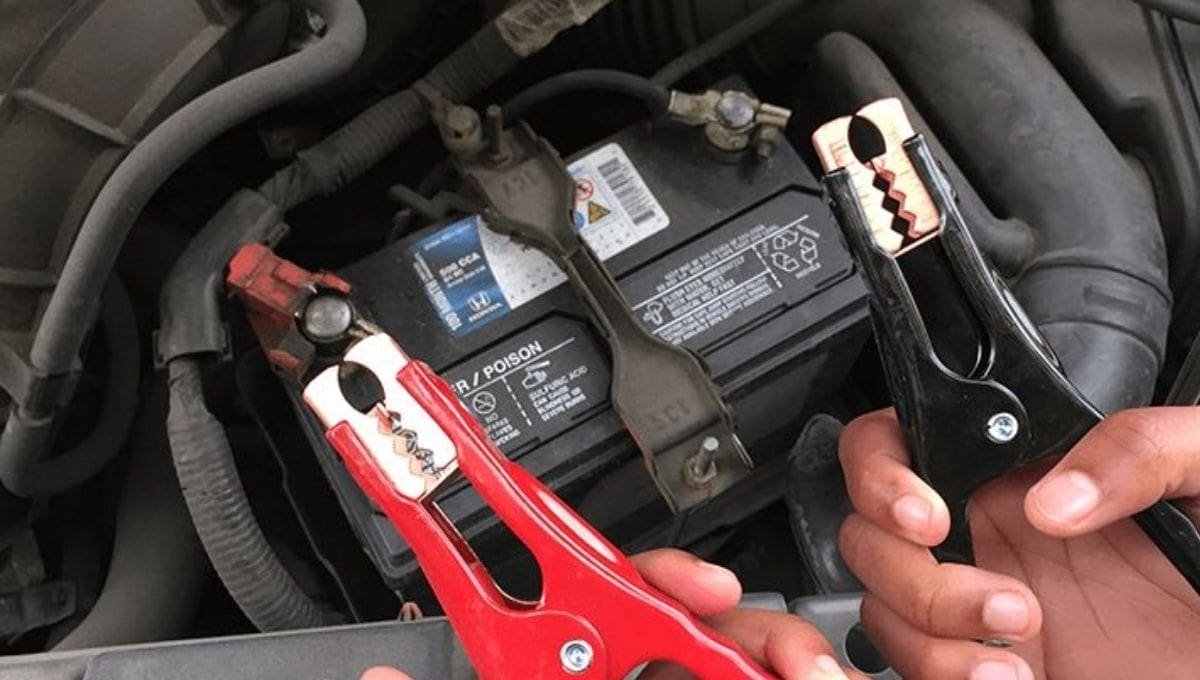

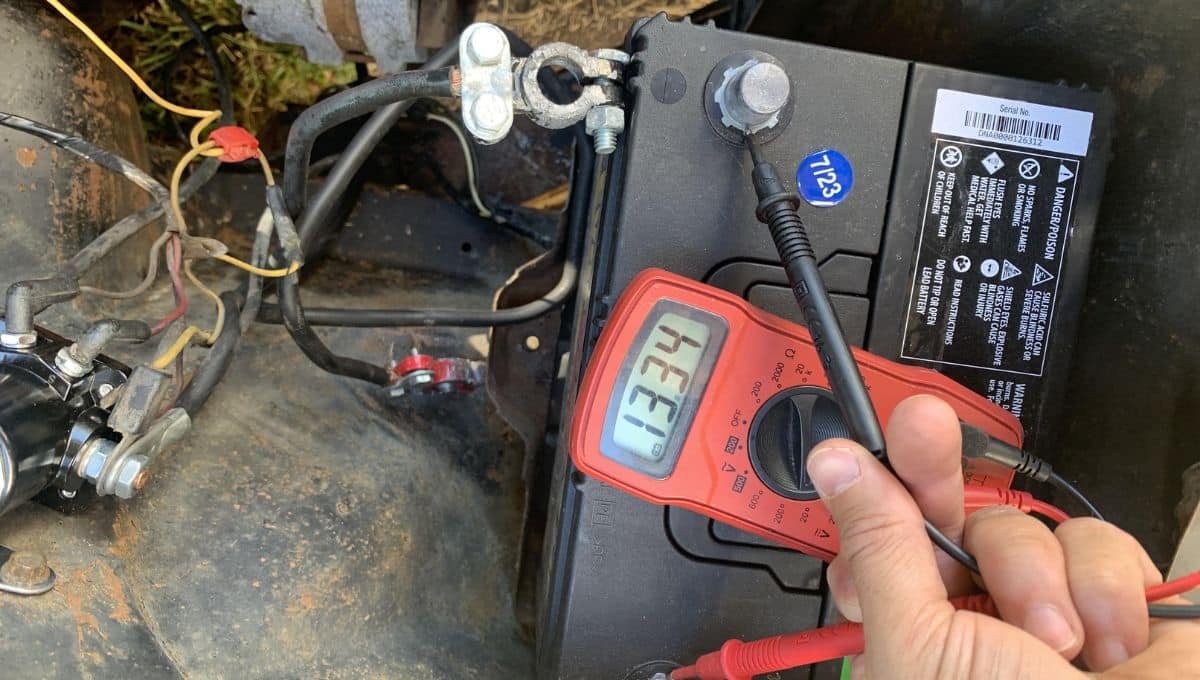


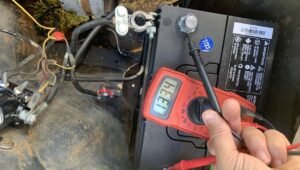


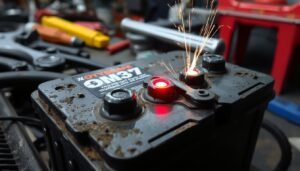




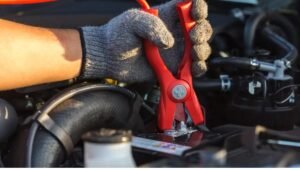
Post Comment